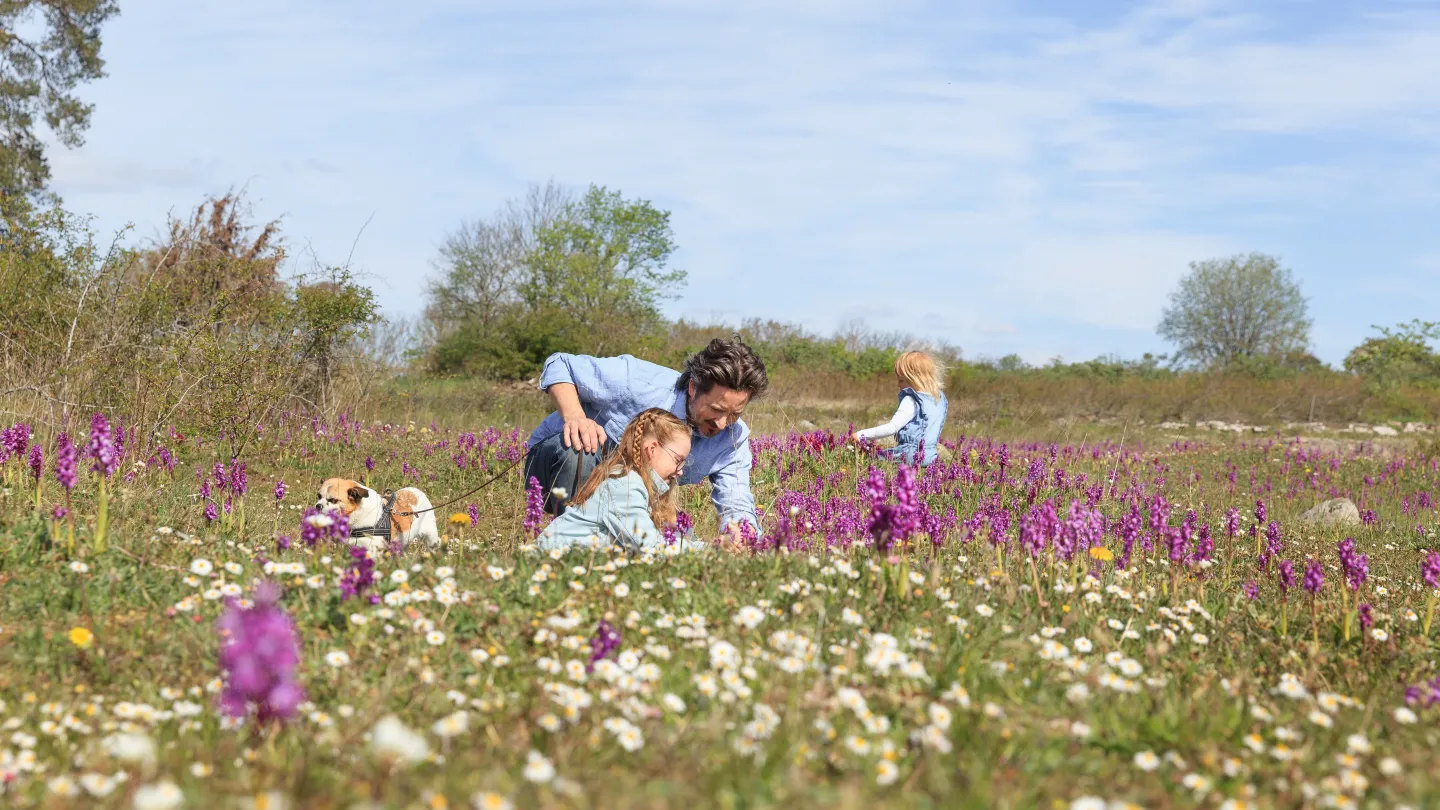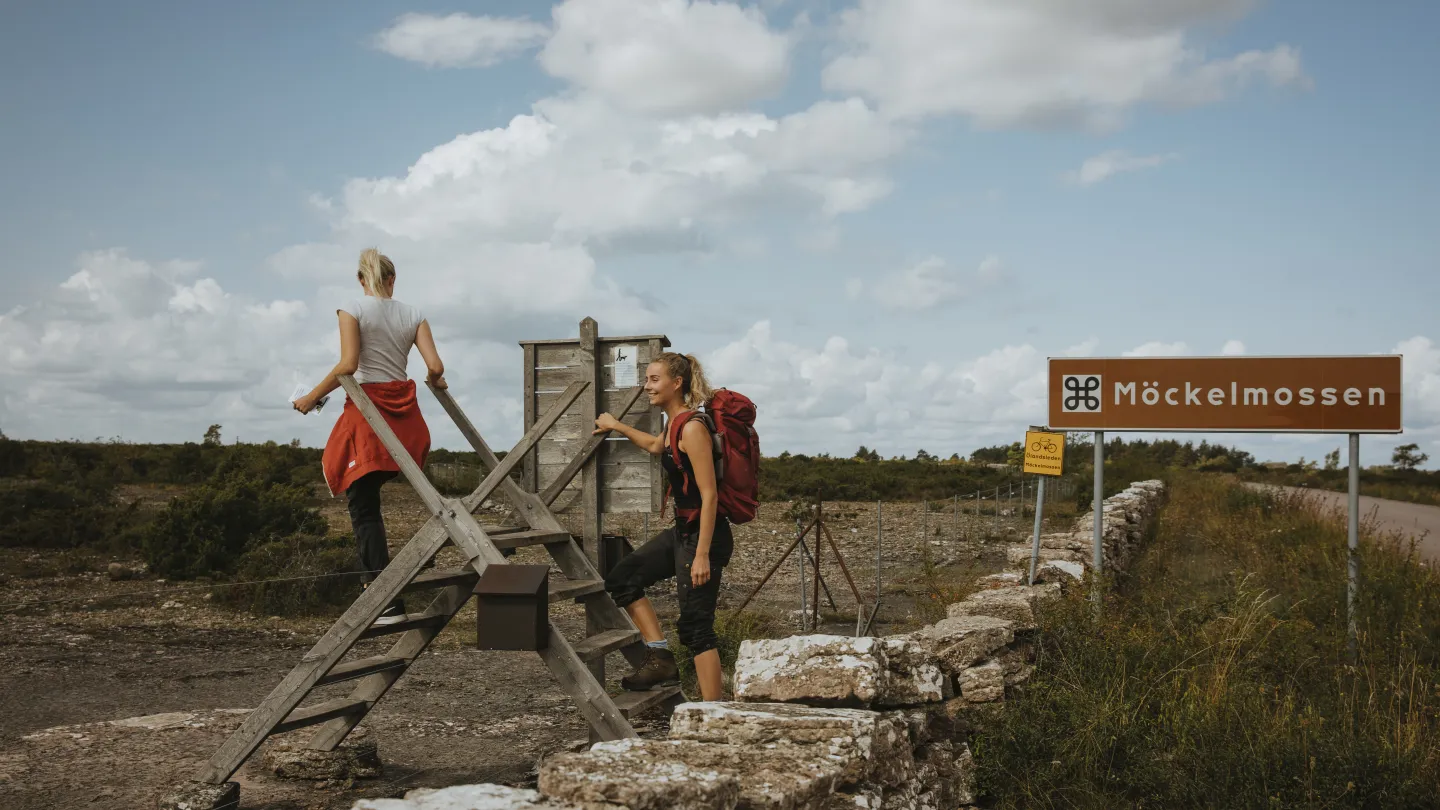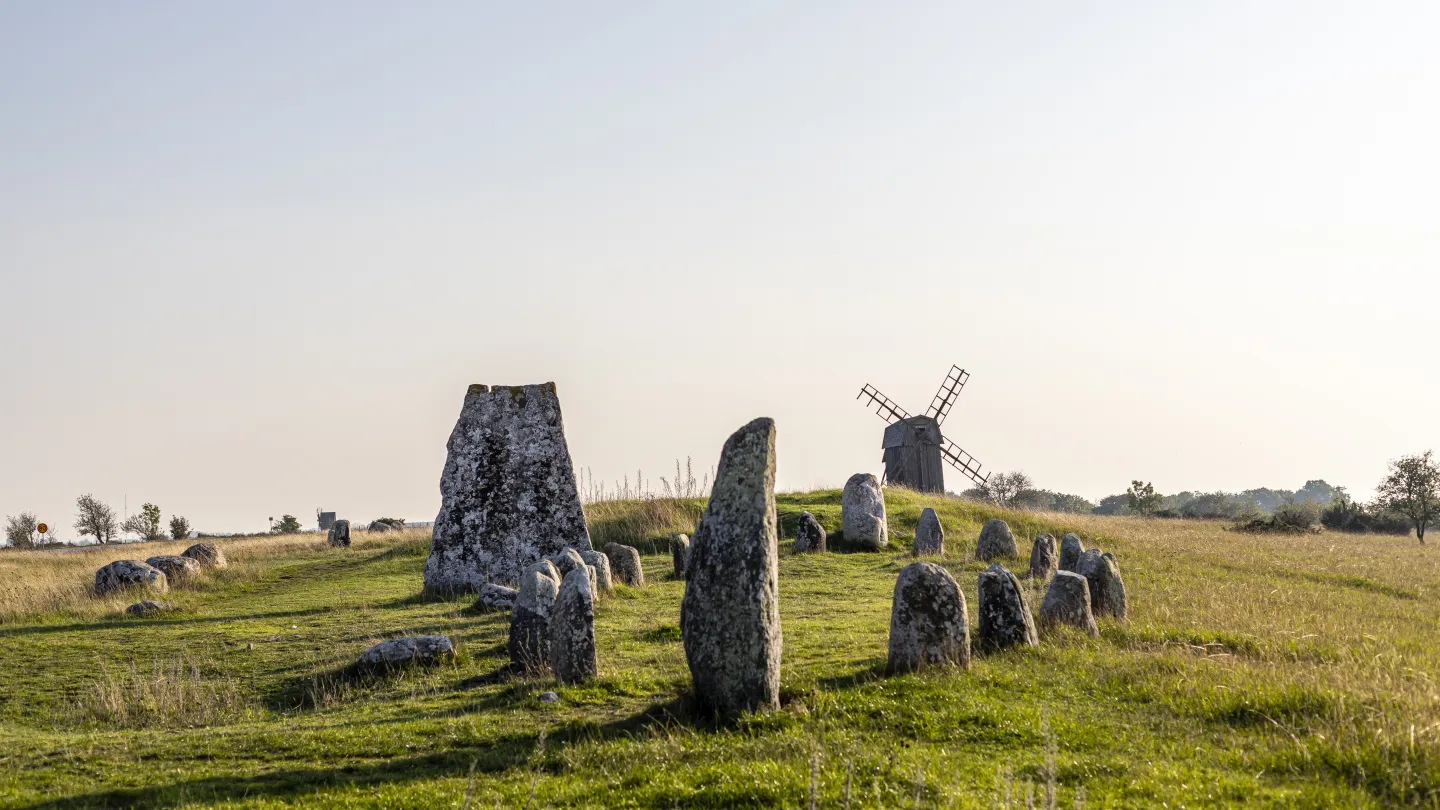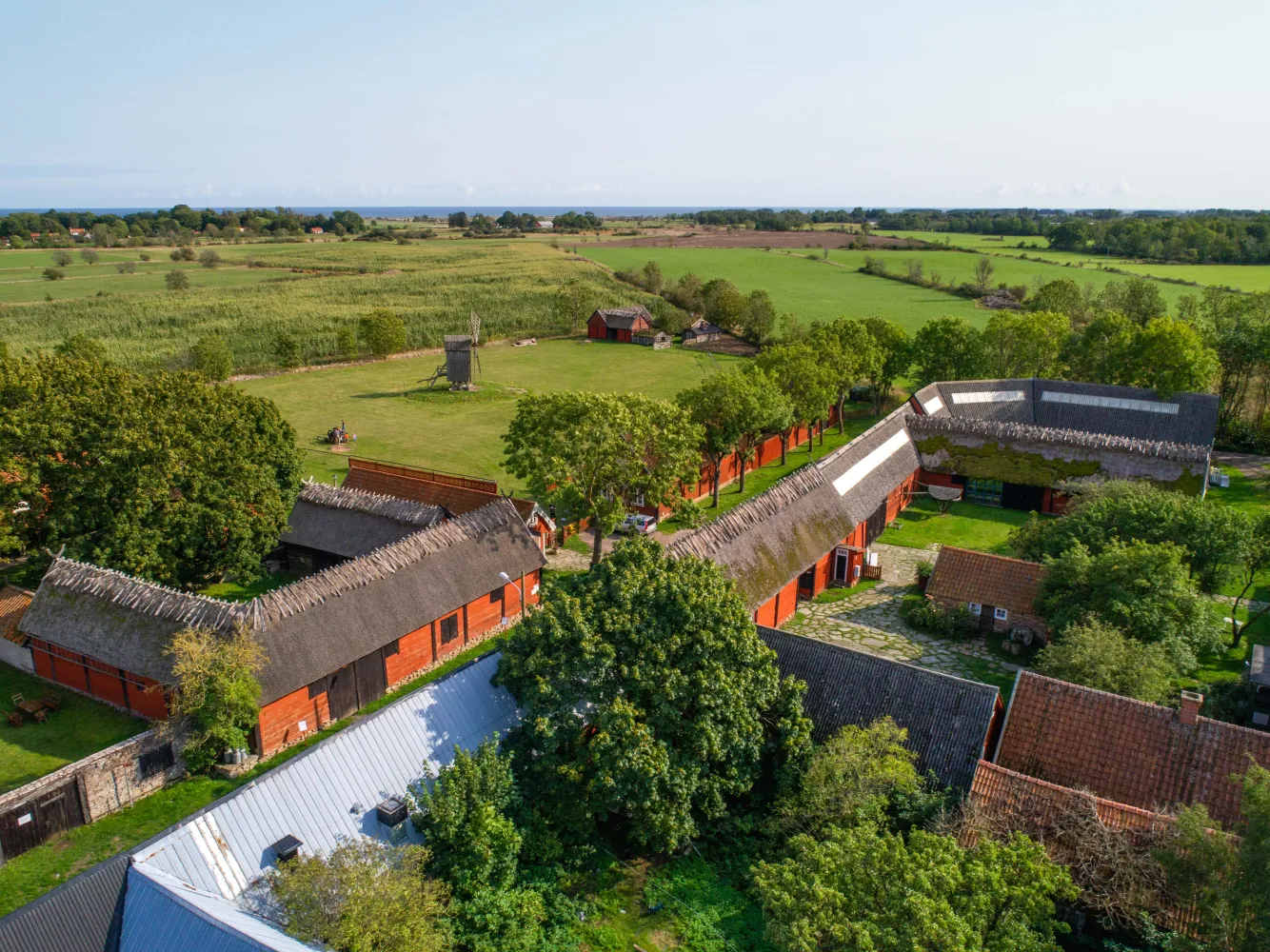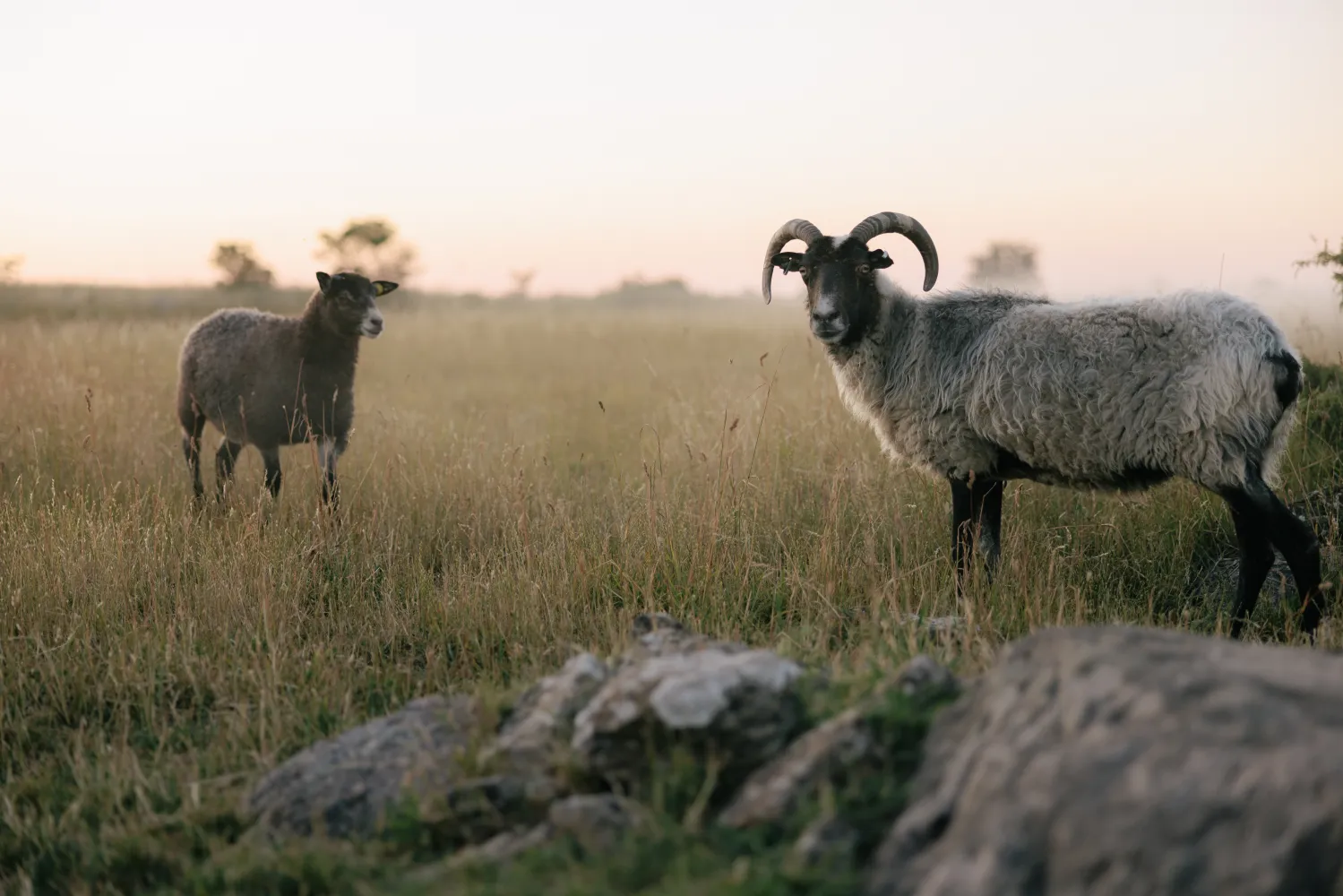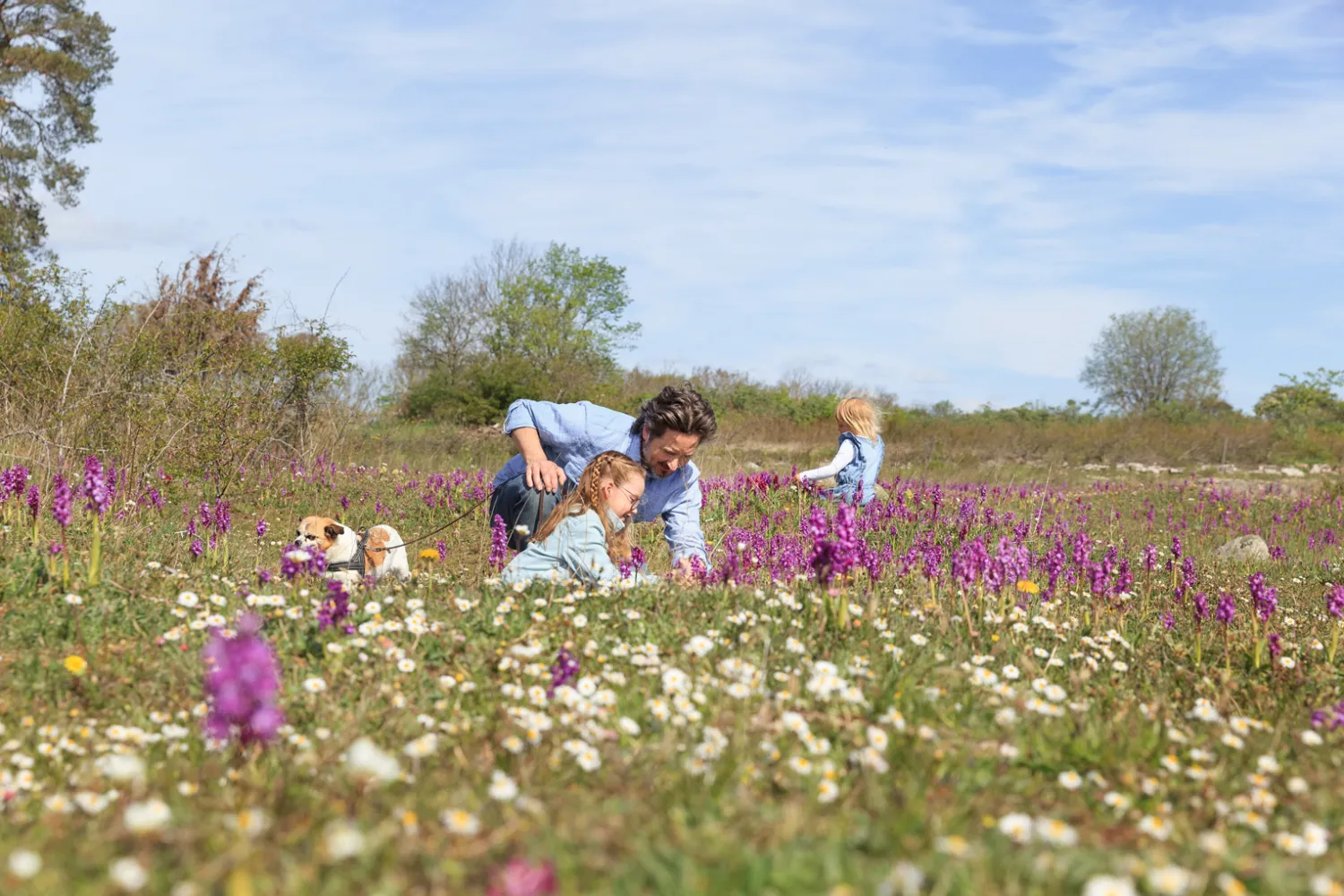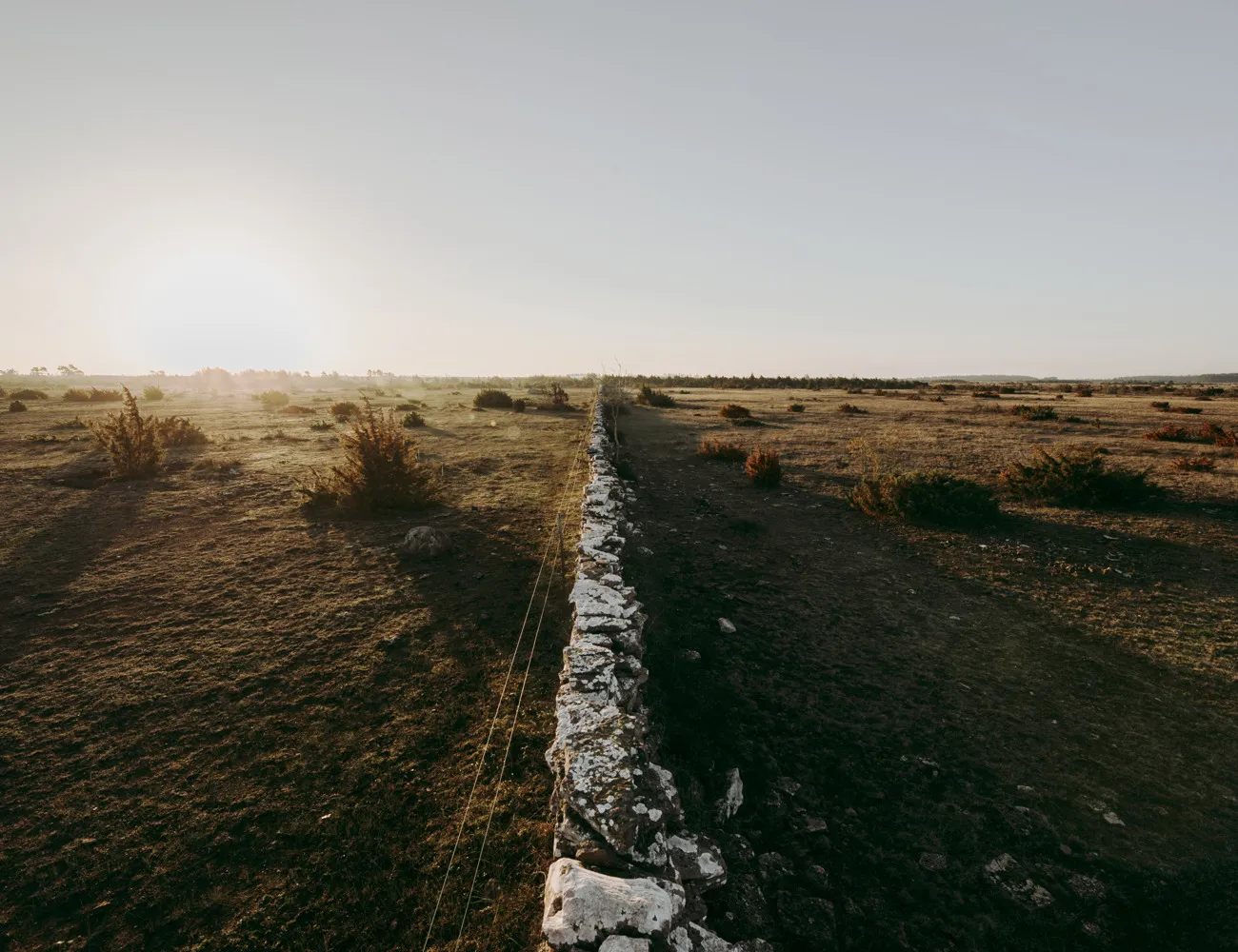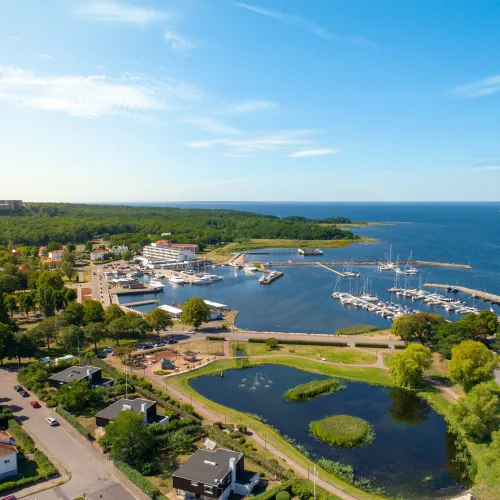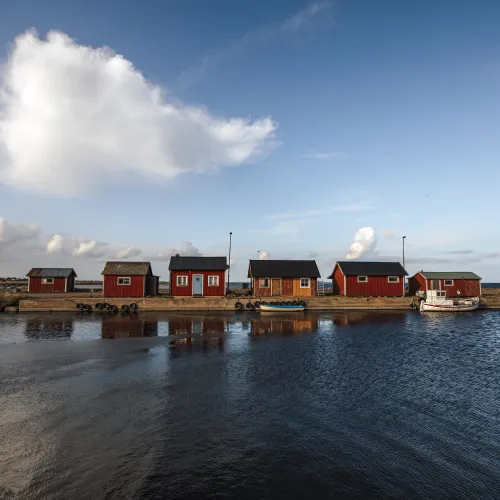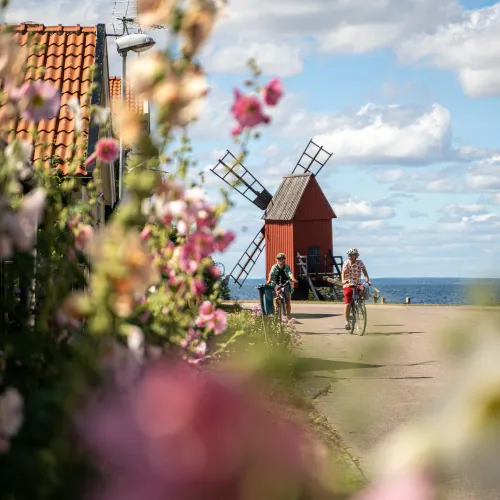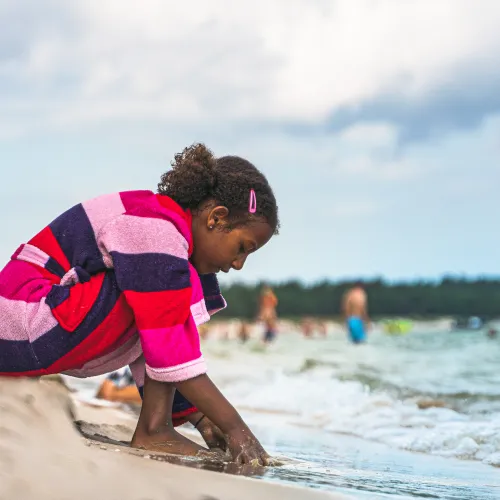World Heritage, southern Öland's agricultural landscape
From Karlevi in the west to Gårdby in the east, and all the way down to the southern tip, a wondrous landscape and a unique cultural heritage presents itself. The Agricultural Landscape of Southern Öland, a World Heritage Site, consists of linear villages, cultivated farmland, seaside pastures and the Great Alvar. Agriculture on Öland dates back thousands of years. The specific conditions on the island mean that only part of the land can be cultivated. The Great Alvar and the seaside pastures along the Baltic Sea are not suitable for farming and have mostly been used as grazing fields. This has created the unique medieval agricultural landscape we see today, which is farmed with modern equipment. Much of Southern Öland which today may be regarded as nature's untouched beauty, is actually the result of a successful interplay between man and nature. Listed as a UNESCO World Heritage Site since 2000, this agricultural landscape is considered to be one of the world's most unique places.
